When delving into the topic of end-to-end testing vs. regression testing, it’s easy to draw similarities between each one. These commonalities often lead to the misconception that end-to-end testing and regression testing are the same or end-to-end testing encompasses regression testing. In actuality, each type of testing serves a different purpose. We explore the definition, benefits, and challenges of end-to-end testing vs. regression testing in the article below. Then, we draw up a side-by-side comparison to highlight the unique characteristics of each.
What is end-to-end testing?
End-to-end testing is a technique in which the entire system is tested throughout each stage of the software development life cycle (SDLC). This type of testing is meant to assess the following components of an application or software:
- Performance and functionality of the product in a simulated post-release environment.
- Identification of dependencies and integration issues.
End-to-End testing is similar to user acceptance testing (UAT) because testers will replicate end-user behavior, like making a transaction through the website. However, UAT is typically executed by business users, while end-to-end testing is performed by a technical testing team or quality assurance (QA.) End-to-end testing is essentially business process testing because it measures the performance of the integrated system as a whole rather than each individual application.
Benefits of End-to-End Testing
The primary purpose of end-to-end testing is to enhance confidence in the software through comprehensive and continuous testing. The more extensive testing processes are, the lesser the chance users encounter bugs in end products. Most modern businesses have a complicated, cross-platform infrastructure. For example, your company may have applications on and off the cloud, making integrations important to monitor. End-to-end testing is most beneficial for heterogeneous systems because it checks the application's database, back-end, and front-end layers.
End-to-End Testing Challenges
One of the biggest bottlenecks in the end-to-end testing process lies in workflow creation. Mimicking the end-users’ navigation through the application requires testers to create and run a significant amount of repetitive tests. Larger test suites result in more time and effort needed for maintenance. Another common challenge that end-to-end testers face is the creation and maintenance of test environments.
Since end-to-end testing aims to mimic user interactions, it can’t be done solely in the dev environment. However, the production environment isn’t always available and may be prone to testing interruptions like software updates. Accordingly, it can be beneficial to configure tests by environment, making an automated testing solution with a robust, cloud-based architecture a must. For example, Copado Robotic Testing has cross-platform cloud coverage to minimize conversion maintenance. Once test scripts have been established, they can be repurposed and reused for continuous parallel testing.
What is regression testing?
Regression testing focuses on validating the system’s performance after it has undergone changes. The primary purpose of regression testing is to verify that programming changes or updates have not compromised existing code functionality. Typically, this type of testing is performed after any release, update, bug fix, or addition of new features. To execute regression tests, testers need only to re-execute existing test cases. Depending on the nature of the change, regression testing may be performed with a partial or full selection of pre-existing test cases.
Benefits of Regression Testing
The most significant benefit of regression testing is identifying defects earlier on in the SDLC. No CI/CD pipeline is complete without regression testing because it evaluates the system's stability throughout every change. It helps avoid excessive reworks, reducing the chances of post-deployment defects and, ultimately, user dissatisfaction. Like end-to-end testing, regression testing secures workflow by verifying the continuity of business processes.
Regression Testing Challenges
The scope of regression testing broadens as your software grows and encompasses more functionalities. Although there is no need to write new test cases, the old test cases will be run repeatedly to verify their performance. As functionalities grow, so does the test suite and repetition of the regression testing cycle. This makes regression testing extremely time-consuming and tedious. Automation helps, but you must select the right automation tools and techniques for optimal support.
For regression testing, an automated solution with advanced analytics is crucial. Suppose your regression tests are all passing, but a bug persists. In that case, an AI-driven automation solution like Copado Robotic Testing can help identify recognizable patterns that may indicate the origin of the defect. Additionally, AI capabilities mean that broken tests will be addressed without human intervention and the quality of your next release will be predicted long before it arrives.
End-to-End Testing vs. Regression Testing
Now that a solid foundation of understanding for both types of testing has been established, let’s compare and contrast end-to-end testing vs. regression testing with the chart below.
END TO END TESTING
REGRESSION TESTING
- Focus is on workflow.
- Verifies the flow of business processes by detecting issues associated with the subsystem or integrations.
- Tests in a simulated production or real device environment that mimics end-user experience.
- Tests are run continuously throughout the SDLC.
- Test cases must be created.
- Focus is on verifying that new development have not been broken existing functionality.
- Verifies the flow of business processes by ensuring that changes to the system do not interfere with the functionality of old code.
- Tests in a pre-production environment.
- Tests are run directly following a programming change or release.
- Test cases already exist, they will be re-executed.
When comparing end-to-end testing vs. regression testing, some of the most apparent similarities arise in the advantages and disadvantages of each. For example, one of the biggest issues testers face in both types of testing is large testing suites and therefore, more repetitive testing cycles. A notable and common advantage between end-to-end testing and regression testing is the broader scope of testing coverage. The key takeaway for companies looking to implement one or both of these testing techniques is that each one comes with its fair share of maintenance baggage to address, despite the plethora of advantages.
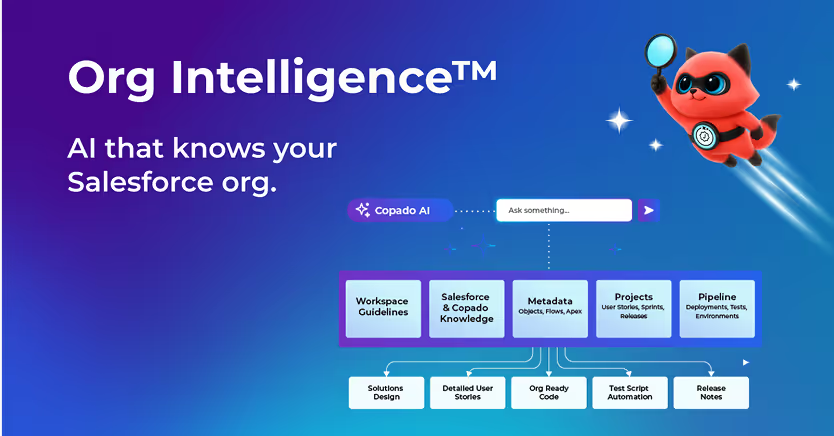











.svg)
.svg)

.png)

.svg)

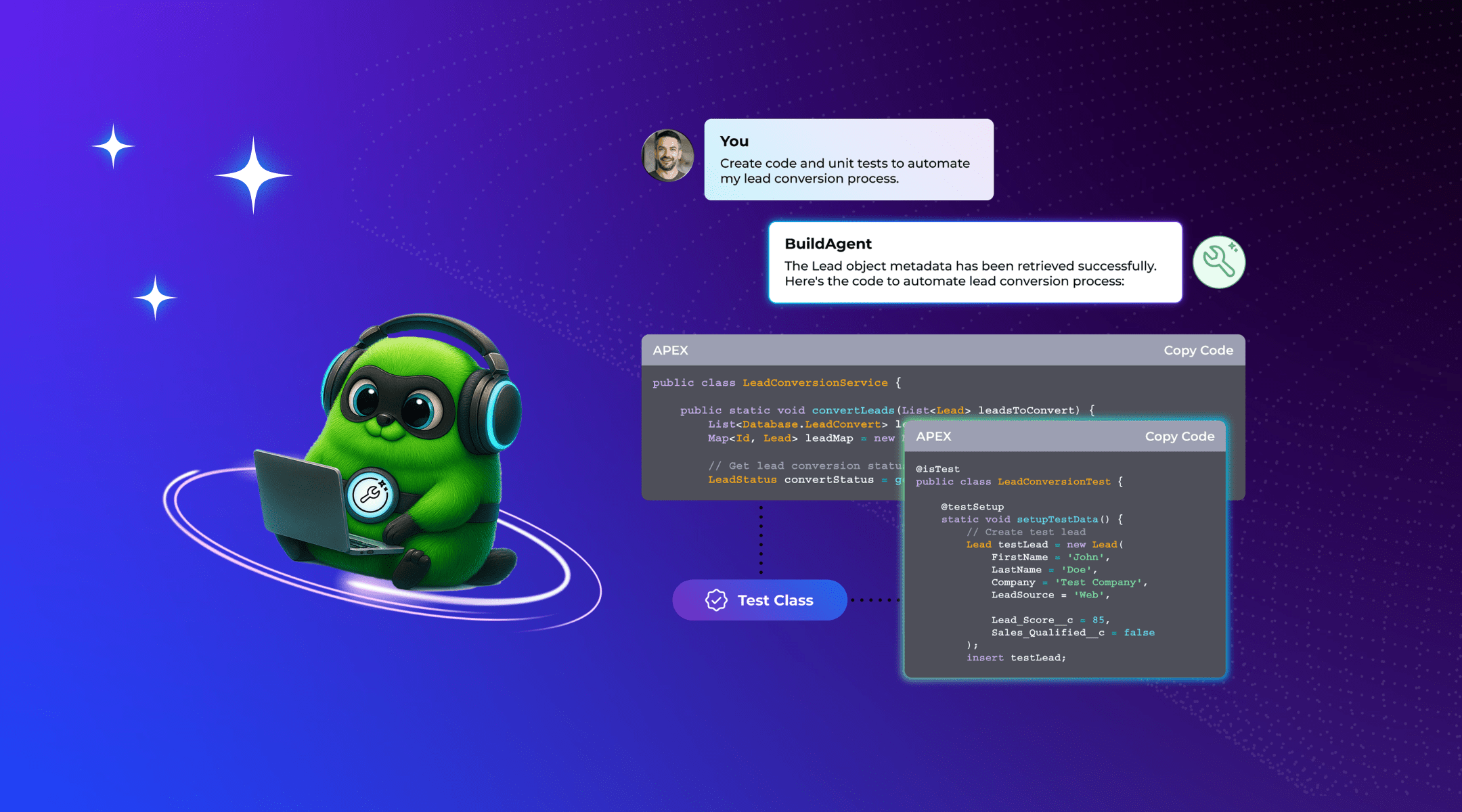


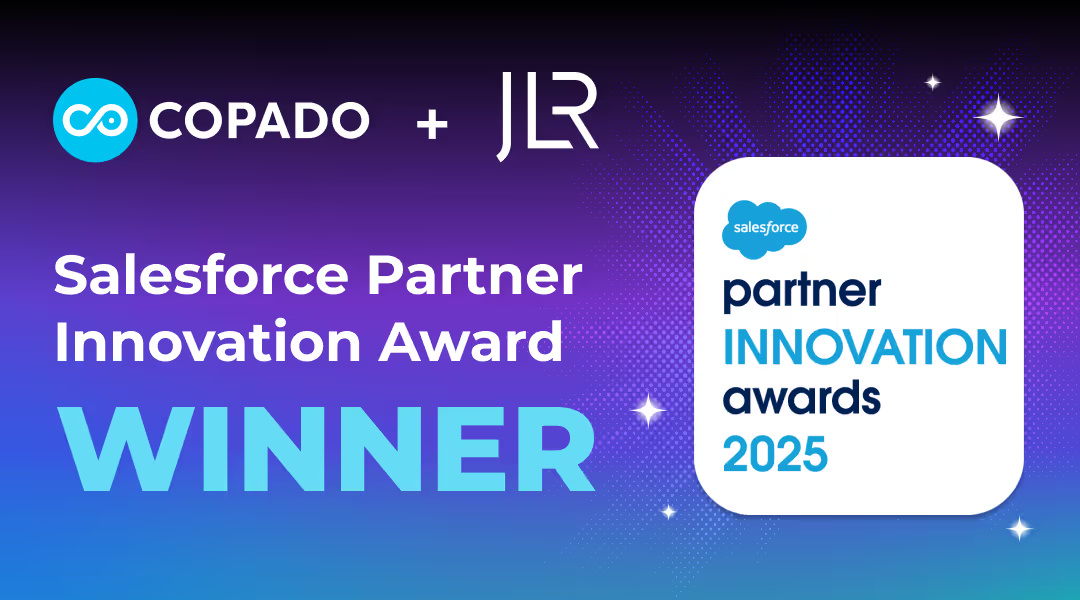



.avif)


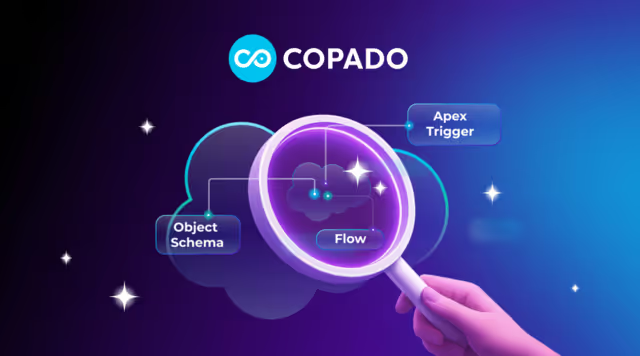
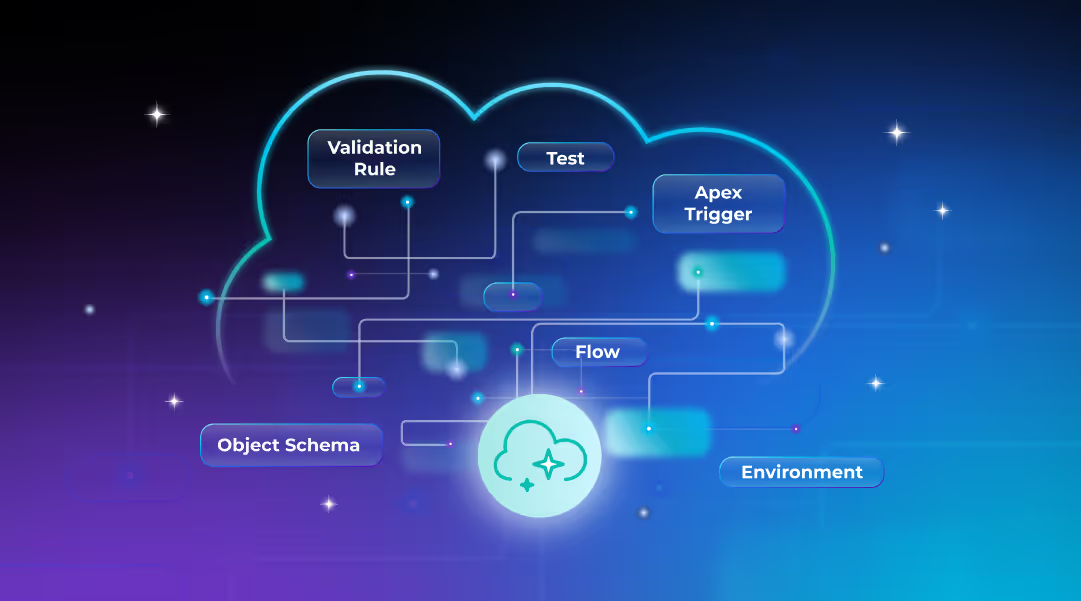









%20Data%20to%20Me_BLOG_1080x600.avif)






.avif)

































.avif)







.avif)



.avif)

























%20(1).png)
.png)
.png)

.avif)


.svg)
